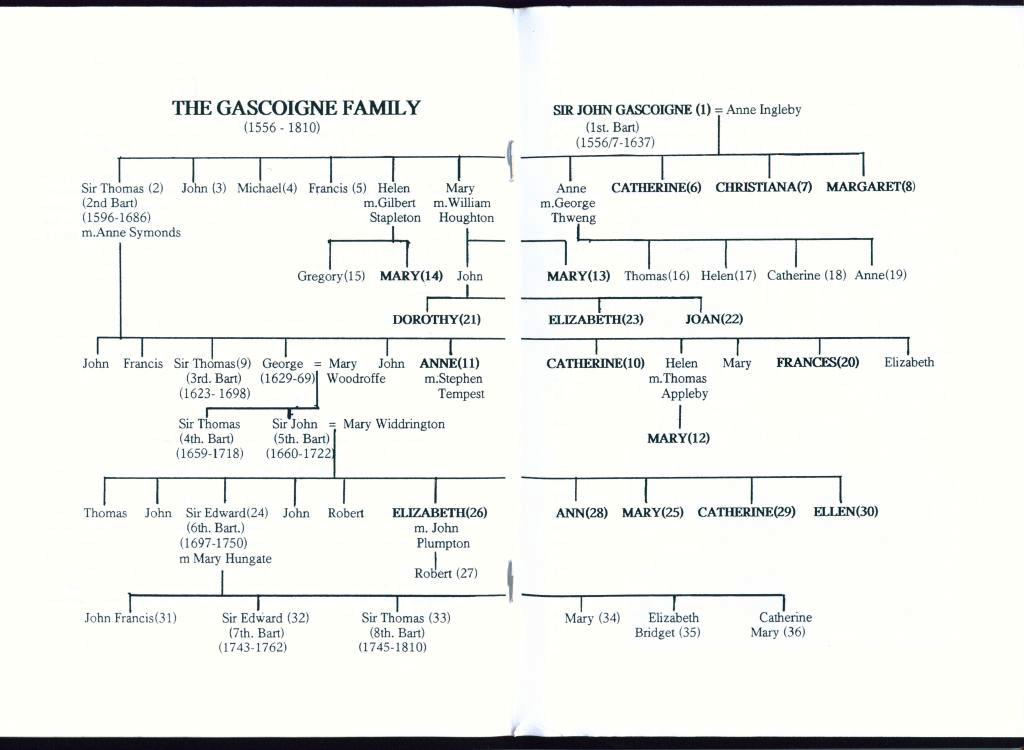
| "She esteemed that innocence and native goodness she had derived from her parents to be insufficient, therefore laboured for more purity of heart and perfection of divine love in religion, which, by means of prayer constantly prosecuted she obtained. She led a more abstract life in religion and having cheerfully and courageously trampled under foot all that the world calls great and forsaken with a generous contempt not only what her birth and education offered her in the world, but also forsaking her parents and country, she applied herself in a profound solitude and silence to religious duties in this Convent." |
| "Dame Scholastica was a Lady highly distinguished in the World by her descent from an Ancient and good family but still more distinguished by the many virtuous actions which she had herself performed. The exalted qualities which she had abundantly received from the perfect kindness of Nature and Grace, it was her constant study and business through every period of her life to employ in advancing the interests of religion and the happiness and edification of her Sisters. Under circumstances peculiarly unfavourable and difficult, it was her lot to discharge the Office of Procuratrix (Housekeeper) for a space of thirteen years, later that of Prioress for a space of 11 years and lastly that of Abbess for 8, and she discharged them all with equal integrity and credit." |
| Name of Nun | Date of birth | Date of entry | Date of profession | Date of death |
| Mary Houghton (13) | 1620 | 1639 | 1641 | 1701 |
| Mary Stapleton (14) | 1623 | 1641 | 1647 | 1668 |
| Frances Gascoigne (20) | 1637 | 1655 | 1657 | 1708 |
| Joan Houghton (22) | 1677 | 1722 | |
| Eliabeth Houghton (23) | 1666/7 | 1684 | |
| Elizabeth Gascoigne(26) | 1694 | 1713 | 1713 |
| Ann Gascoigne (28) | 1695 | 1713 | 1774 |